The Development of User Interface Design
User interface (UI) design is a critical element in developing captivating, user-friendly applications and websites in the quickly changing digital world. Globally, companies and design firms have realized that cutting-edge user interface (UI) design is about more than simply looks; it’s also about enabling a smooth user experience (UX). This insight has prompted the pursuit of new frontiers in UI design, wherein technology and creativity combine to produce interfaces that are not only aesthetically pleasing but also logically functional.
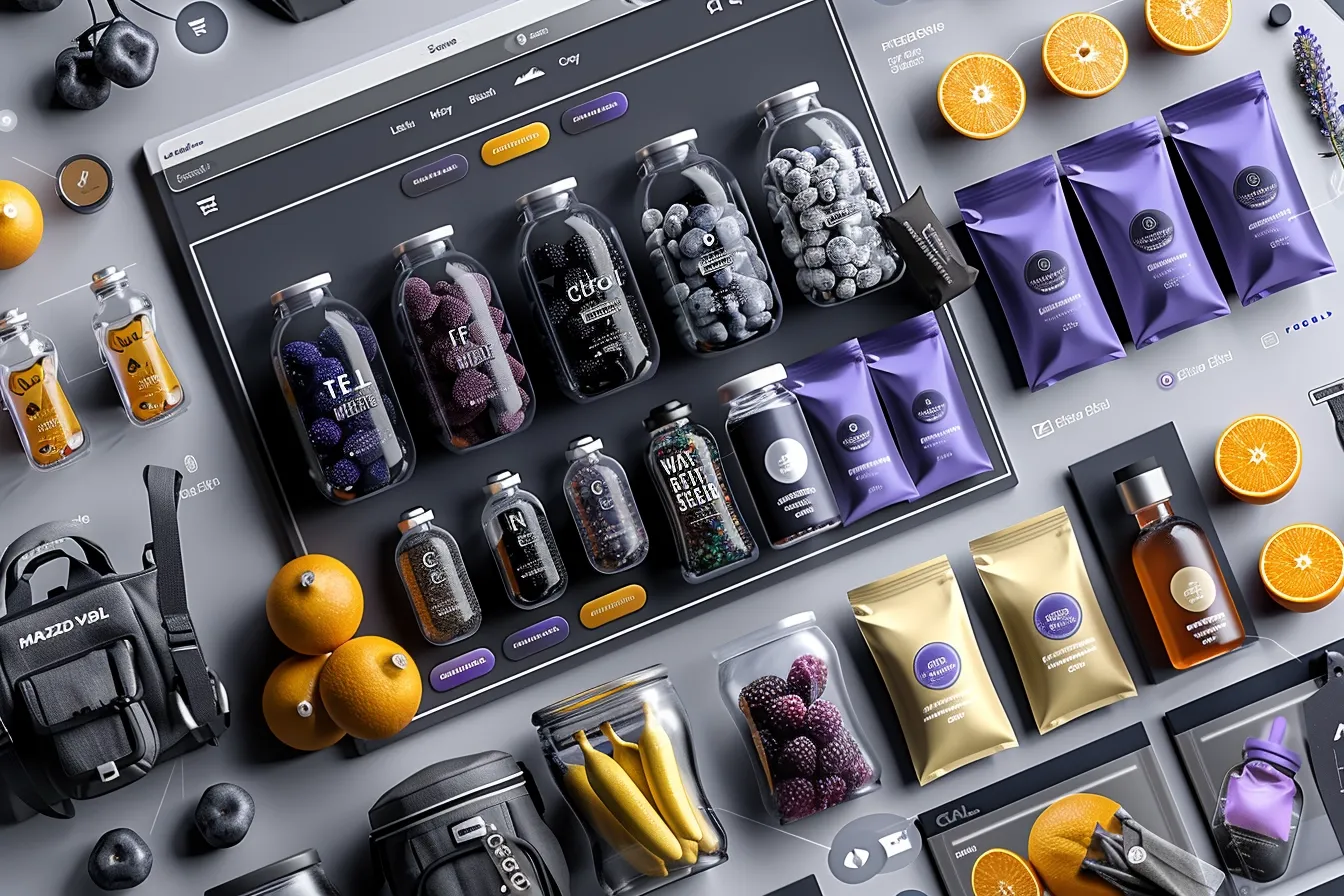
A Transition to User-Centric Design
The days of using UI design only to create visually appealing, static screens without considering the user’s journey are long gone. The user-centric approach that is emphasized in the present era of UI design prioritizes understanding the demands, habits, and frustrations of the user. The growing complexity of digital goods and the wide range of users they serve have contributed to this change. Through the adoption of a user-centric design philosophy, companies and designers can produce digital experiences that are more inclusive, individualized, and reach a wider audience.
Embracing Minimalism
The use of minimalism in cutting-edge UI design is one of the most obvious trends. Using only the most necessary components in the design, this method concentrates on simplicity to produce a clear and simple interface. In user interface design, minimalism is not only a style choice; it’s a calculated move that improves usability by lessening the user’s cognitive burden. Designers may focus the user’s attention on the most crucial activities and information by eliminating extraneous aspects, which improves the efficiency and intuitiveness of the digital experience.
Read more about Minimalism in design”
The Integration of Advanced Technologies
New opportunities for innovation in user interface design have been created by the integration of cutting-edge technologies like augmented reality (AR), machine learning (ML), and artificial intelligence (AI). Adaptive interfaces that learn from a user’s behavior and preferences may be made with AI and ML, providing individualized experiences that raise user pleasure and engagement. Contrarily, augmented reality (AR) presents a singular chance to combine the real and virtual worlds, generating immersive experiences that can greatly improve the user’s engagement with the digital product.
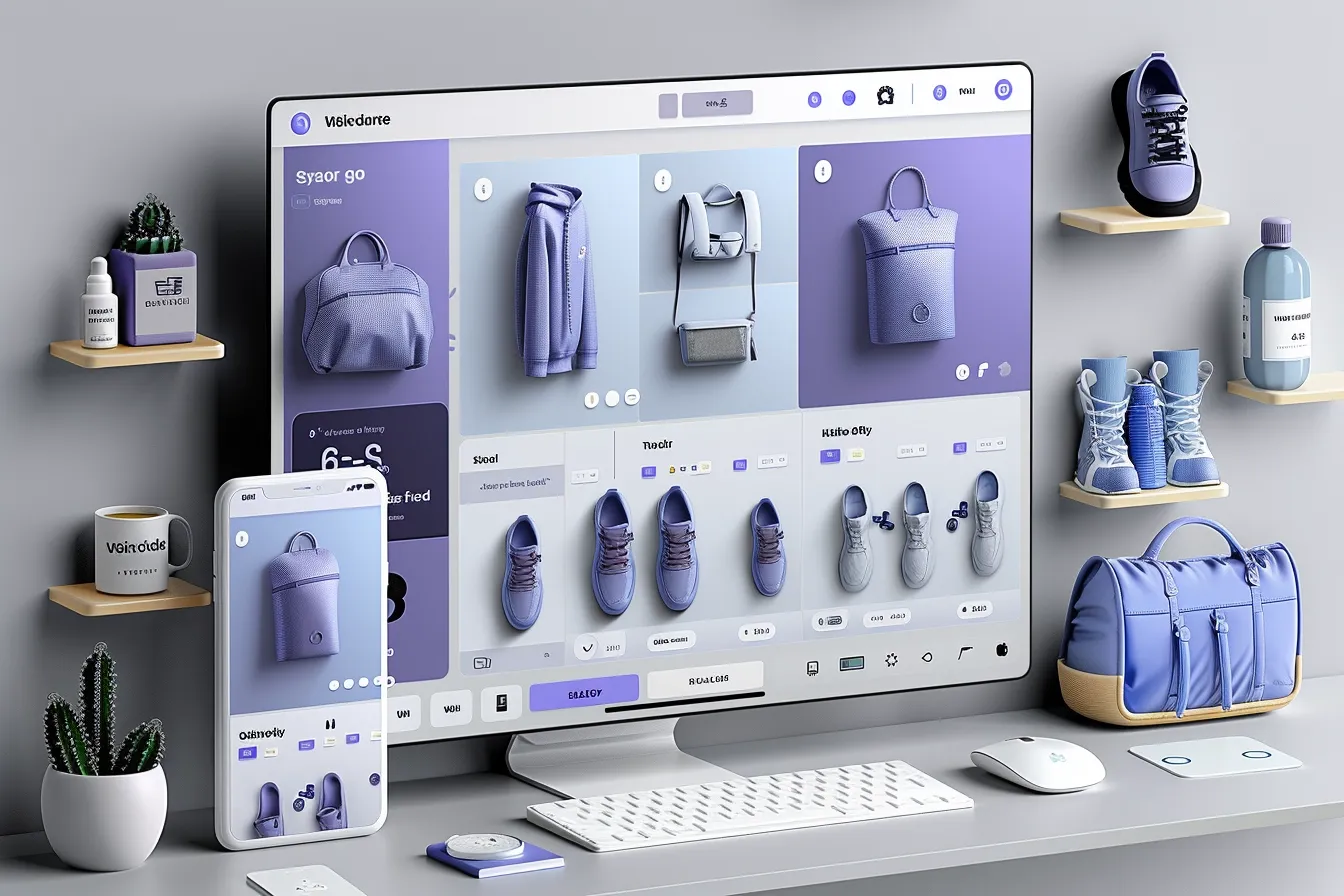
These technologies mark a fundamental shift in the way designers approach the production of digital experiences; they are more than just tools for producing creative user interfaces. Designers may make interfaces that are more individualized, engaging, and accessible to a wider range of people with varying requirements and skills by utilizing these technologies.
Read more about the accessibility in design:
The urge to provide more inventive, captivating, and user-friendly digital experiences is driving a major revolution in the field of UI design. The future of UI design is being shaped by several trends, including the acceptance of minimalism, the shift towards a user-centric design philosophy, and the incorporation of sophisticated technology. UI design will certainly play an increasingly important part in the digital realm as time goes on. To stay ahead of the competition in the cutthroat field of digital design, brands and designers need to keep investigating and implementing these cutting-edge strategies.
Enhancing Usability through Advanced Interaction Design
Within the field of user interface (UI) design, innovation extends beyond the addition of novel visual components and includes the development of interaction design. The way people interact with digital interfaces evolves along with technological advancements.
Explore about the creation of brand strategies in the digital age:
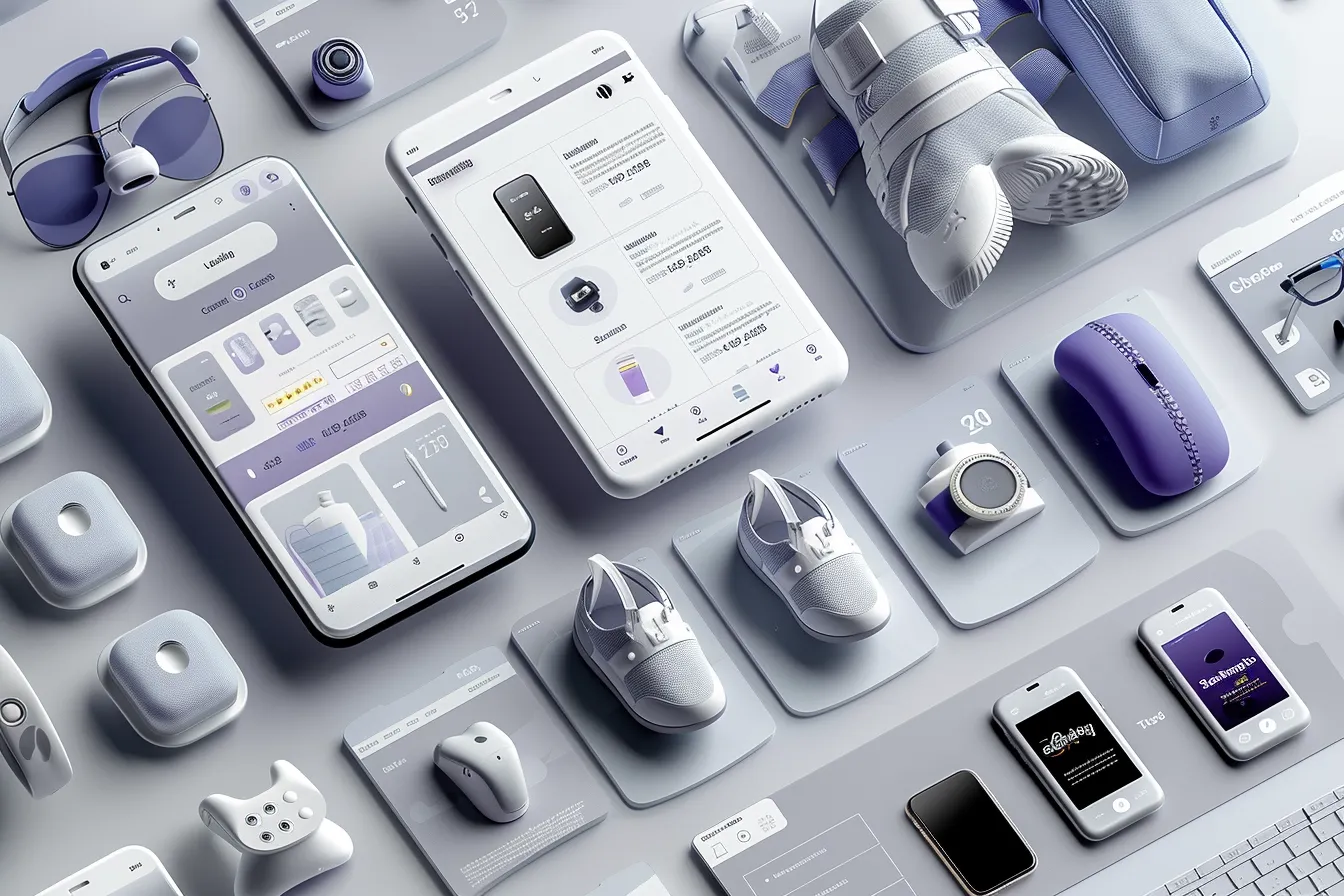
Adaptive Interfaces: The Upcoming Development in Customization
The creation of adaptable interfaces is among the most remarkable developments in UI design. With the ability to adapt their functions according to the user’s actions, preferences, and surroundings, these dynamic systems provide a highly customized user experience. A music streaming app, for instance, may change its layout according to the time of day, recommending energizing songs in the morning and soothing music in the evening. By using machine learning algorithms to evaluate user data and anticipate needs, adaptive interfaces may improve customer happiness and streamline the user journey.
Gesture-Based Navigation: Toward More Intuitive Interactions
Thanks to the widespread usage of touchscreen devices, gesture-based navigation—which uses the user’s gestures to engage with software—has become more accessible. This method can lessen the user’s cognitive burden and improve the intuitiveness of navigation. For example, pinch-to-zoom on maps and swiping across photo galleries are increasingly common movements that consumers find efficient and intuitive. To prevent users from being annoyed or perplexed, designers must make motions that are simple to learn and retain.
Voice User Interfaces: Bridging the Gap Between Human and Machine
Voice user interfaces, or VUIs, have become a potent technique for improving the hands-free interaction aspect of the user experience. VUIs are becoming increasingly commonplace and dependable as speech recognition technology advances. Voice commands are increasingly included in applications such as virtual assistants, smart home gadgets, and even certain cars, so users may communicate with them using natural language. By enabling multitasking, this mode of engagement not only increases accessibility for persons with physical or visual disabilities but also provides convenience.
Read more about the importance of sensory branding:
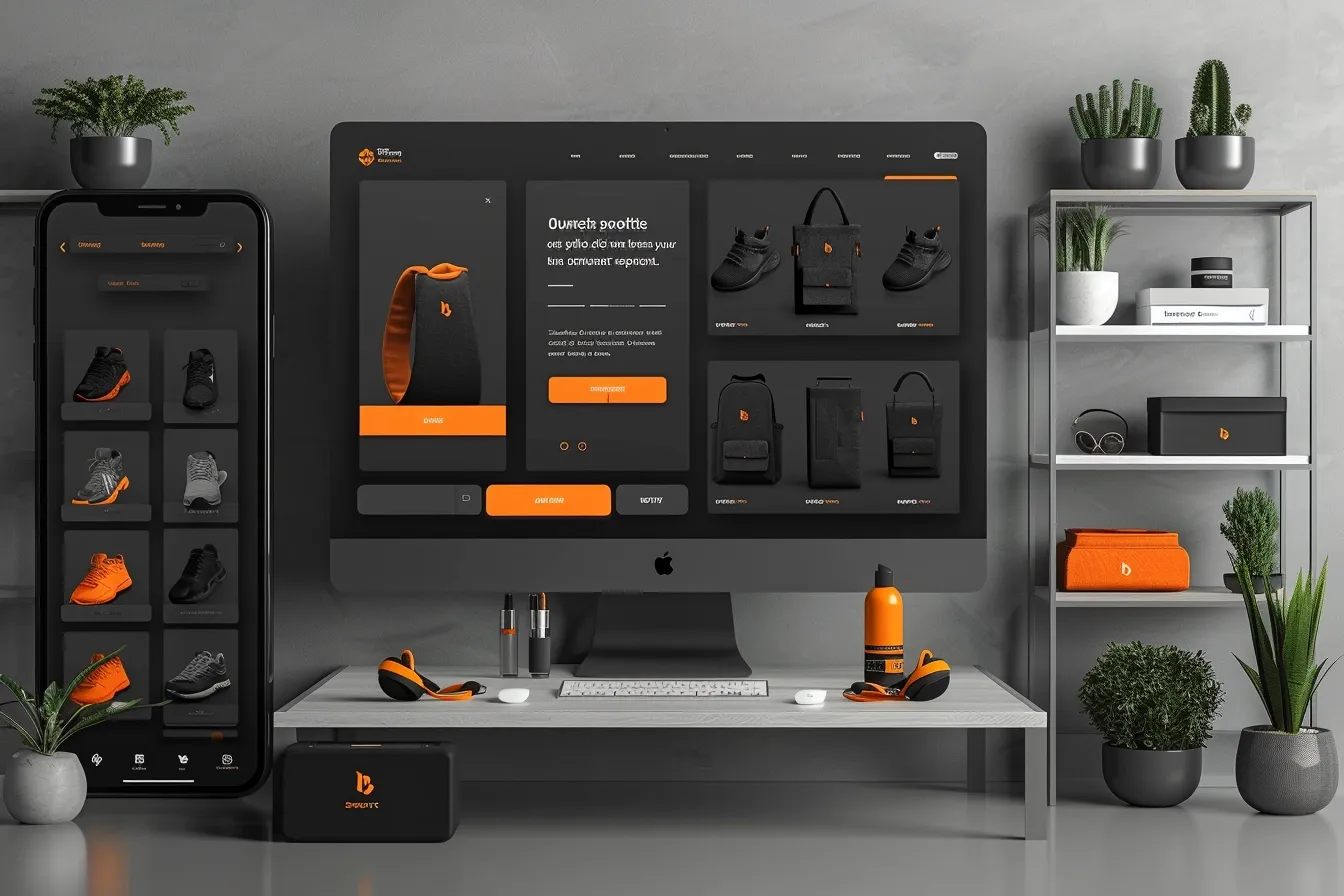
Microinteractions: The Devil is in the Details
Small, task-based interactions that take place within apps are known as micro-interactions. They are essential in helping people navigate digital experiences and in giving them feedback. One well-known example is the social media “like” button, which occasionally animates and changes color in response to user engagement. These little hints, which give the UI a more alive, responsive sense, may greatly improve the user experience. It takes a thorough understanding of user behavior and the context of the interactions to design micro-interactions that are effective.
Animation’s Place in UI Design
Beyond aesthetics, animation in UI design has various uses. It may direct users’ focus, highlight UI changes, and enhance the user experience overall dynamic. For example, seamless screen transitions can aid users in comprehending the organization and flow of the application. Animations must be utilized sparingly, though, as overuse or superfluous animations might confuse users and make the interface less useful.
The way interface design has changed throughout time is evidence of the continuous search for more user-friendly, effective, and intimate digital encounters. Designers are expanding the realm of what is feasible in user interface design by adopting gesture-based navigation, adaptive interfaces, voice user interfaces, microinteractions, and intelligent animation. These creative methods improve usability while also producing more memorable and captivating experiences. Our interactions with technology will advance along with it, paving the way for a day when digital experiences are effortlessly incorporated into day-to-day life.
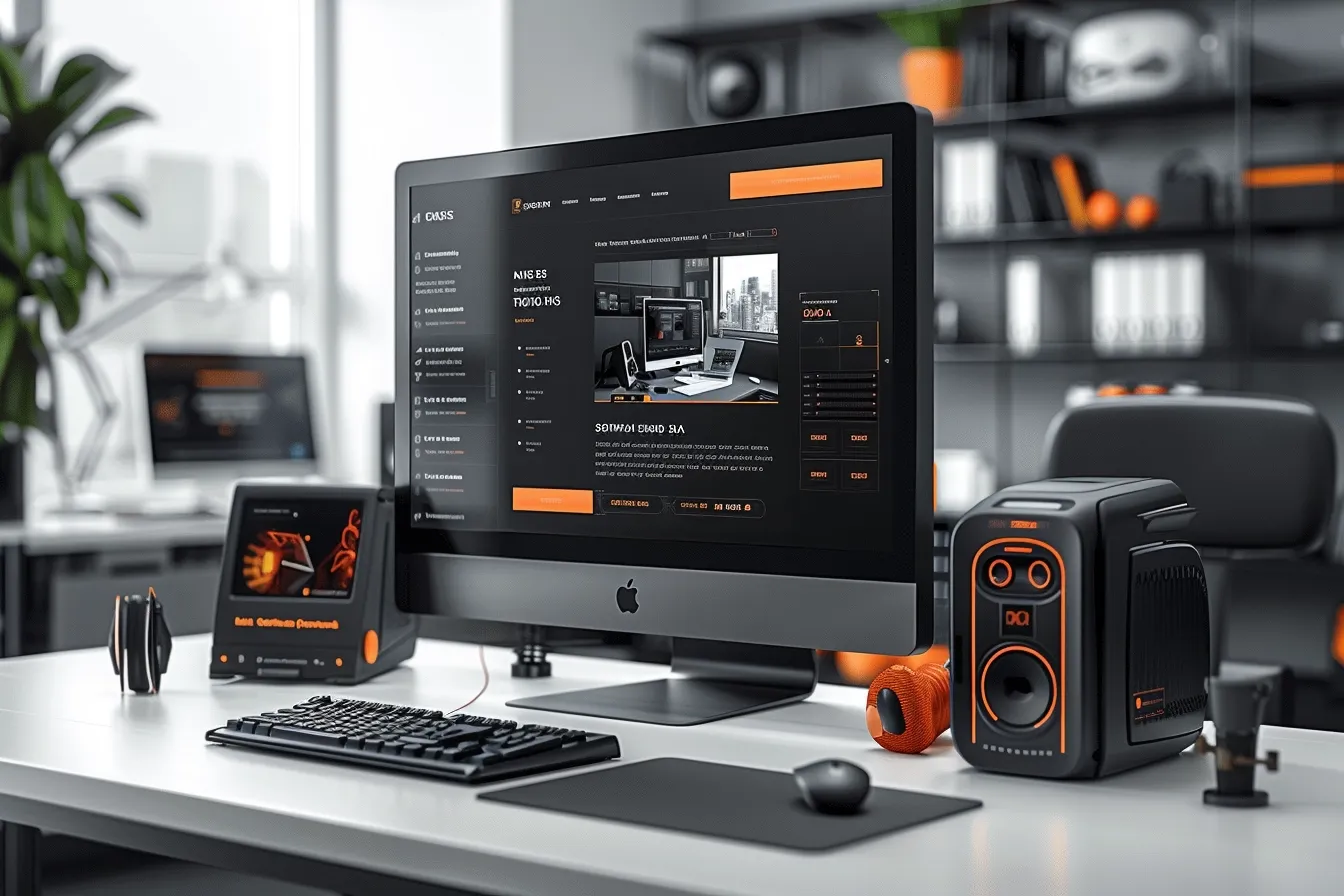
Augmented Reality: Merging Digital and Physical Worlds
With augmented reality (AR), digital information will be superimposed on the physical environment, redefining user interfaces. AR augments the real world with digital features, providing a hybrid area where information and interaction flow between the two effortlessly. This contrasts with VR, which immerses users in a wholly digital environment. For example, augmented reality (AR) may turn a basic retail app into a fully immersive buying experience by letting customers see things in their homes before they buy them. Designers will have the chance to produce interfaces that are more engaging and intuitive as augmented reality technology advances, utilizing the real world as an essential component of the user experience.
Learn about the future of digital brand aesthetics:
Virtual Reality: Creating Digital Worlds That Are Immersive
A completely immersive digital experience is provided by virtual reality (VR), which surpasses the sensation of presence produced by conventional screen-based interfaces. The environment serves as the user interface in virtual reality, and hand-tracking or motion controllers are frequently used to enable interaction. This creates new opportunities for social interaction, education, training, and entertainment and provides memorable and profound experiences. While there are certain difficulties when designing for virtual reality, such as striking a balance between user comfort and immersion, there is also unmatched potential to create significant, in-depth user experiences.

Artificial Intelligence: Personalizing User Experiences at Scale
UI design is being revolutionized by artificial intelligence (AI), which makes it possible for systems to learn from and adjust to the demands of users. Real-time interface personalization is possible thanks to AI, which can anticipate user preferences and adjust interactions appropriately. AI-driven user interfaces have become more anticipatory and can provide users with personalized and intuitive experiences. Examples of these interfaces include proactive support in productivity applications and smart suggestions in streaming services. AI has the potential to make digital experiences more responsive and relevant than ever before, but its incorporation into UI design necessitates a sophisticated grasp of user behavior, privacy issues, and ethical ramifications.
Biometric Technologies’ Place in UI Design
Biometric technologies provide a novel approach to user authentication and identification, such as face recognition and fingerprint scanning. Developers may build more user-friendly and secure interfaces by incorporating these technologies into UI design, doing away with the need for complicated PINs and passwords. Furthermore, biometrics might provide more customized interactions by allowing systems to identify certain users and modify settings and content accordingly. Biometric technologies will be used more and more in user interface design as they advance in sophistication and reach.
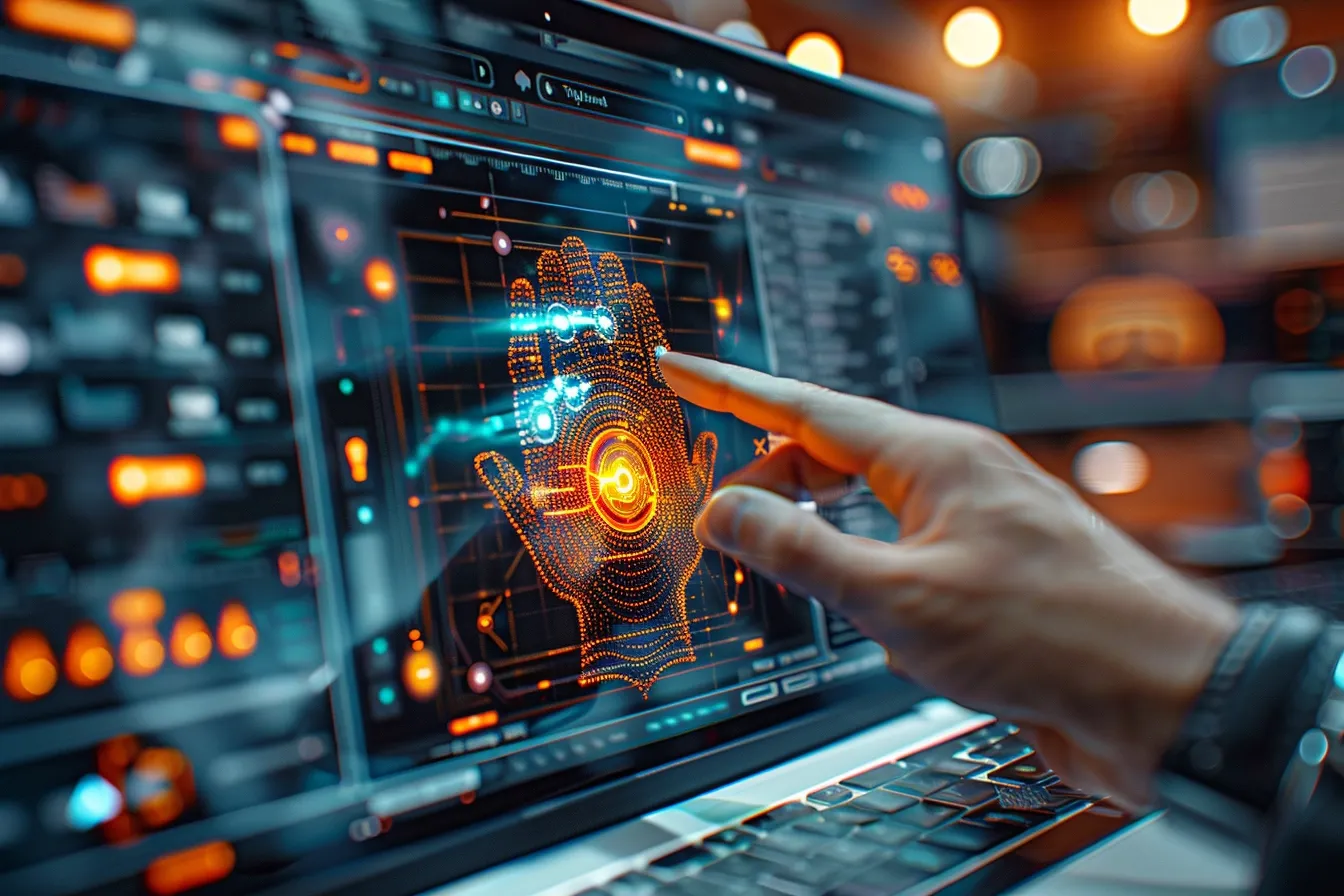
The Future of UI Design and Ethical Issues
We must take the ethical consequences of our design decisions into account when we adopt this cutting-edge technology. Careful consideration must be given to privacy, data security, accessibility, and the possibility of technology influencing behavior. Designers must produce user interfaces that uphold users’ rights and dignity while simultaneously pushing the frontier of innovation.
With new technologies providing fresh approaches to enthrall, educate, and entertain consumers, the future of user interface design seems bright. The fields of augmented reality, virtual reality, artificial intelligence, and biometrics will surely change user interface design as they advance. But even as we venture into this uncharted territory, we have to continue to be aware of the moral implications of technical progress. We can make sure that the future of UI design is not just fascinating but also inclusive, safe, and respectful of user autonomy and privacy by striking a balance between innovation and responsibility.



